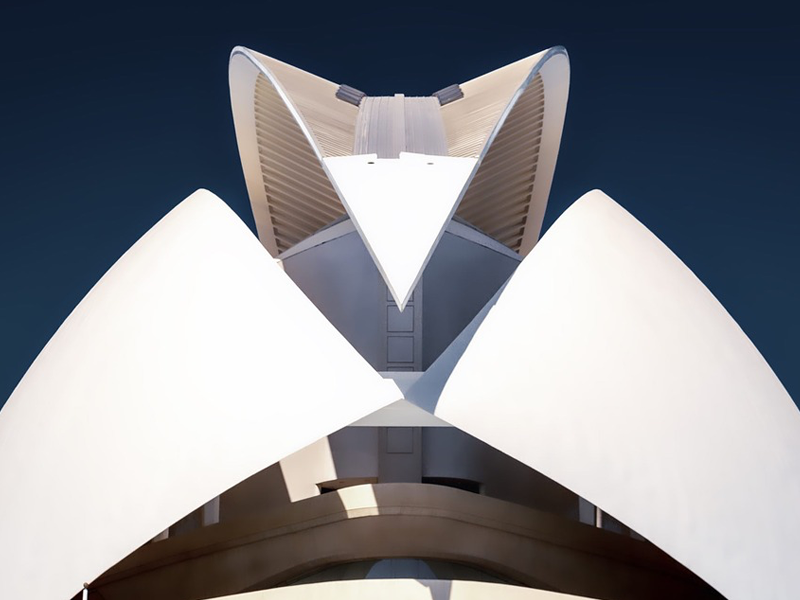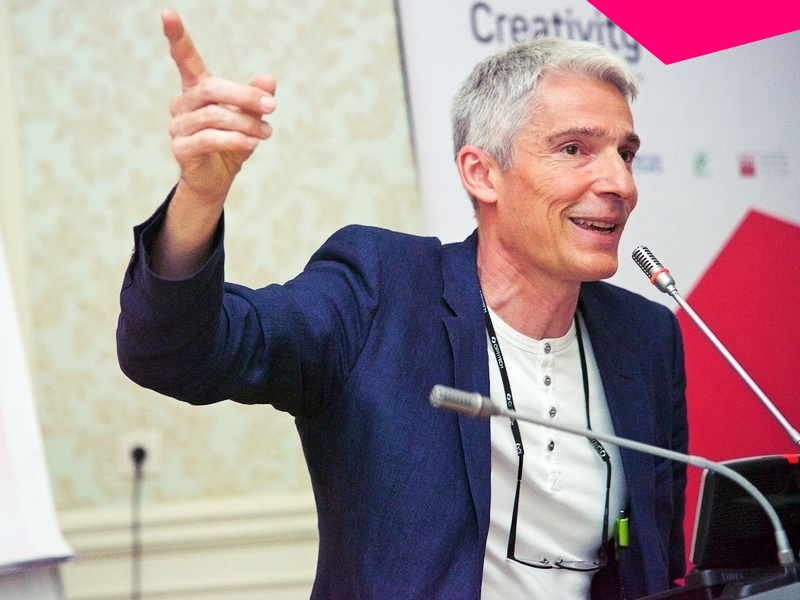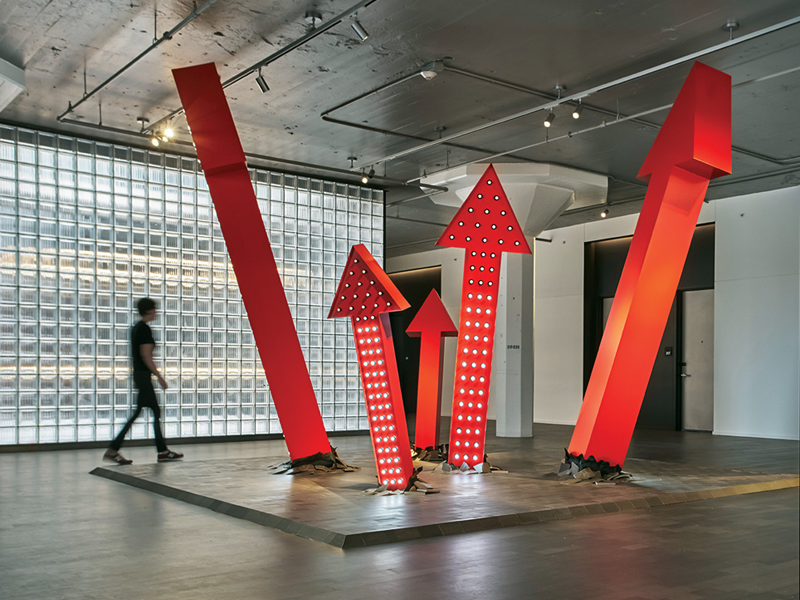
Meet the first research of the EaP Cultural Observatory
The authors of brief are sure that international visibility and recognition of the nation’s cultural values fosters self-esteem and increases national cohesion – best needed in times of crisis. Beyond symbolic gains, the international cultural representation of the country serves practical aims. Successful country branding contributes to the political and economic standing of the nation, boosts tourism and investments.
The Observatory’s experts gathered comprehensive information from the six countries that include:
- record of adherence to international cultural conventions;
- list of international cultural events organized inside the six countries;
- list of international cultural events organized outside the region.
Key findings from the brief:
-
Withstanding the global diversification in the economy and some other dimensions, culture in EaP countries keeps gravitating towards its traditional hubs.
-
Diasporas are important for all six nations.
-
Traditionally – and particularly in this region – the representation of the nation’s culture is the task of the state, a matter of soft power exerted through cultural diplomacy. But with the advances of globalisation and the improvement of all means of communication other players gain increasing importance in the international cultural cooperation. Cities and regions are busy at branding their identity and culture also beyond the border. The civil society also takes its part in the operations.
-
One area where the economic impact of culture is particularly tangible is tourism, a sector that represents a growing share in the GDP worldwide. The percentage contributions of travel and tourism to the GDP in 2016: Armenia – 3,8%, Azerbaijan 4,1%, Belarus 1,9%, Georgia 8,1%, Moldova 1,0%, Ukraine 1,5%.
-
Festivals can act as magnets for tourists. Some of these have become flagship events, feeding national pride, are festive showcases of the state of the art in the respective genres, bring foreign artists and managers to the region and foster international connections.
-
Internationally organised top cultural events have undoubtedly greater potential to catch global attention. Eurovision galas were hosted by the region twice in the past period. These occasions have indeed managed to attract concentrated attention to Baku in 2012, and Kyiv in 2017.
-
The common historic legacies and shared geopolitical realities explain a number of similarities in the approaches to cultural diplomacy efforts of the six countries. The relative isolation that was the fate of these nations in the twentieth century – which was an era of a lower level of international mobility worldwide, anyway – gave way to an opening to the world, a momentum that is on the increase.
About Observatory
The Eastern Partnership Cultural Observatory provides an overview on the EaP Region (Armenia, Azerbaijan, Belarus, Georgia, Moldova and Ukraine), bringing together evidence-based materials and identifying priorities for research and new policy initiatives. The Observatory inherits and continues to make available the EU-Eastern Partnership Culture and Creativity Programme’s (2015-2018) research results.
Learn more about the first brief
About Cultural Observatory http://observatory.culturepartnership.eu/en/page/observatory




